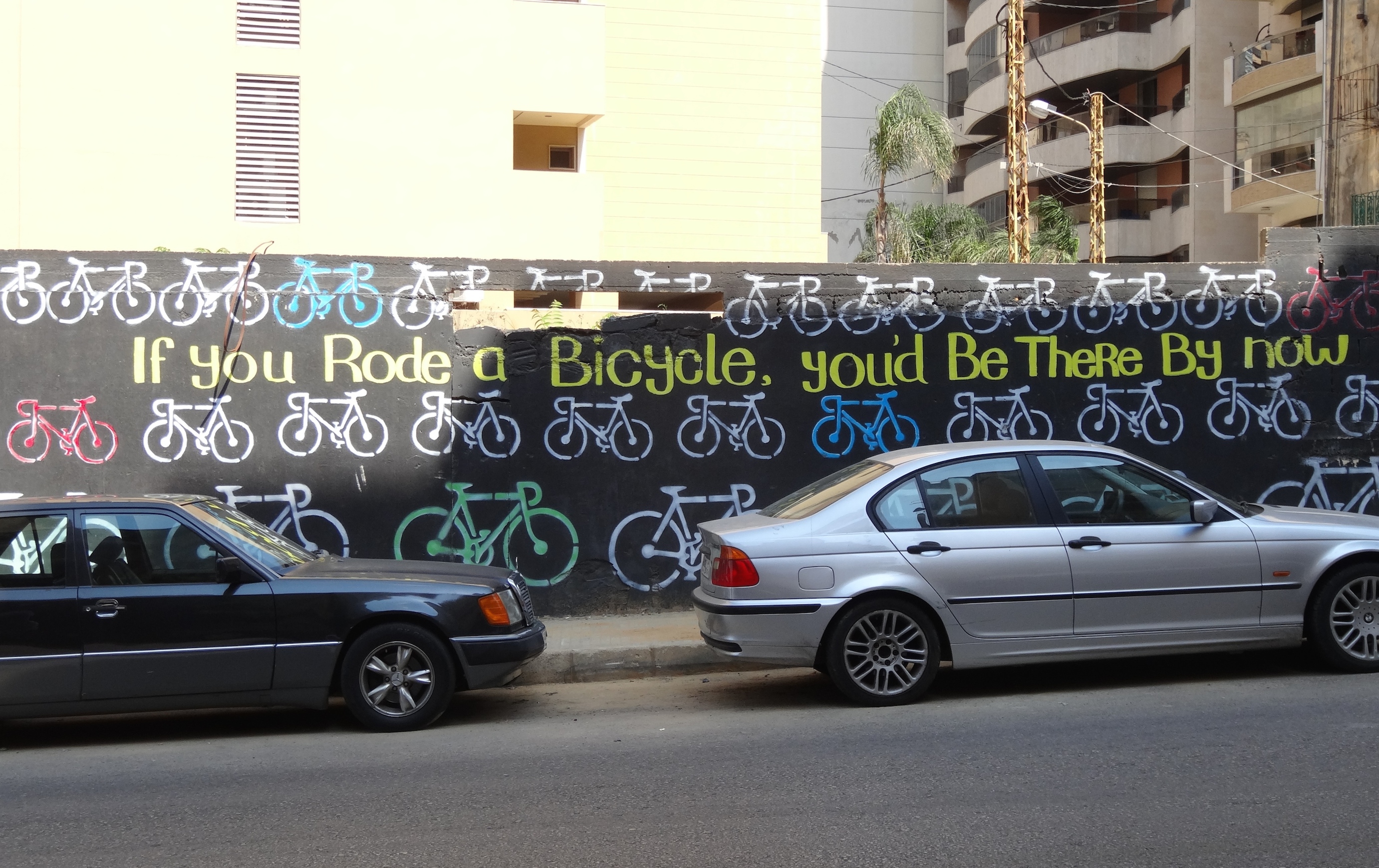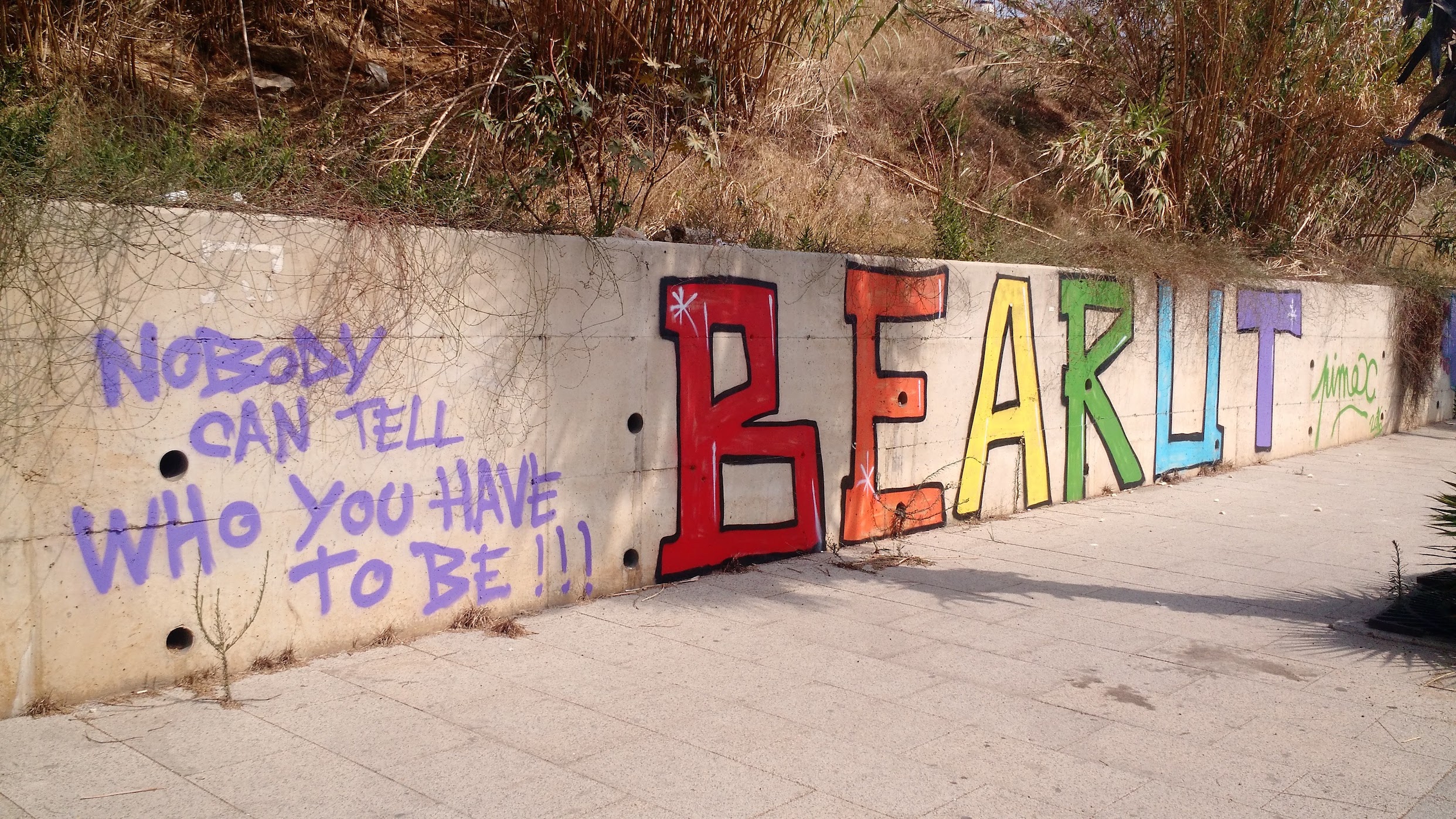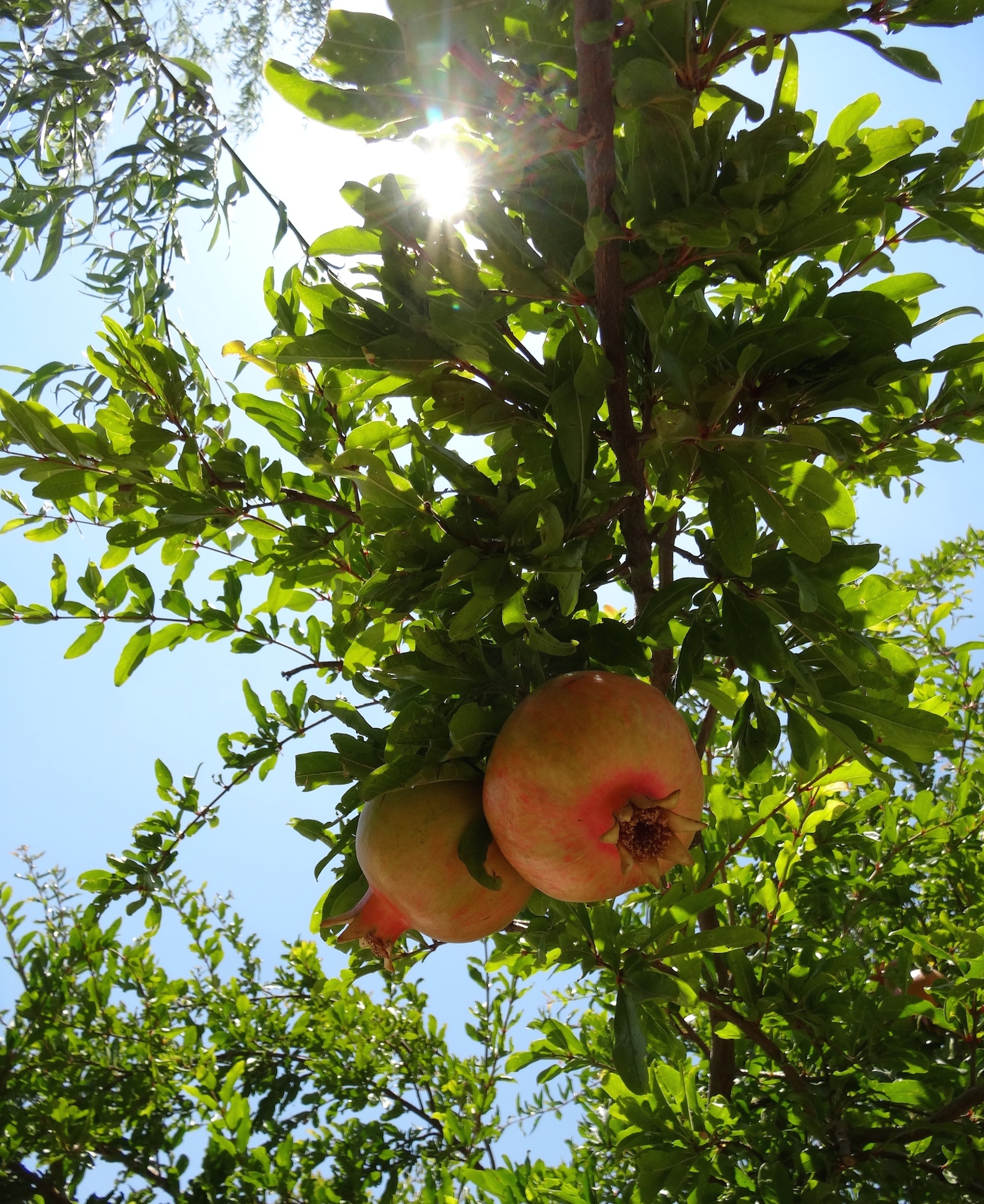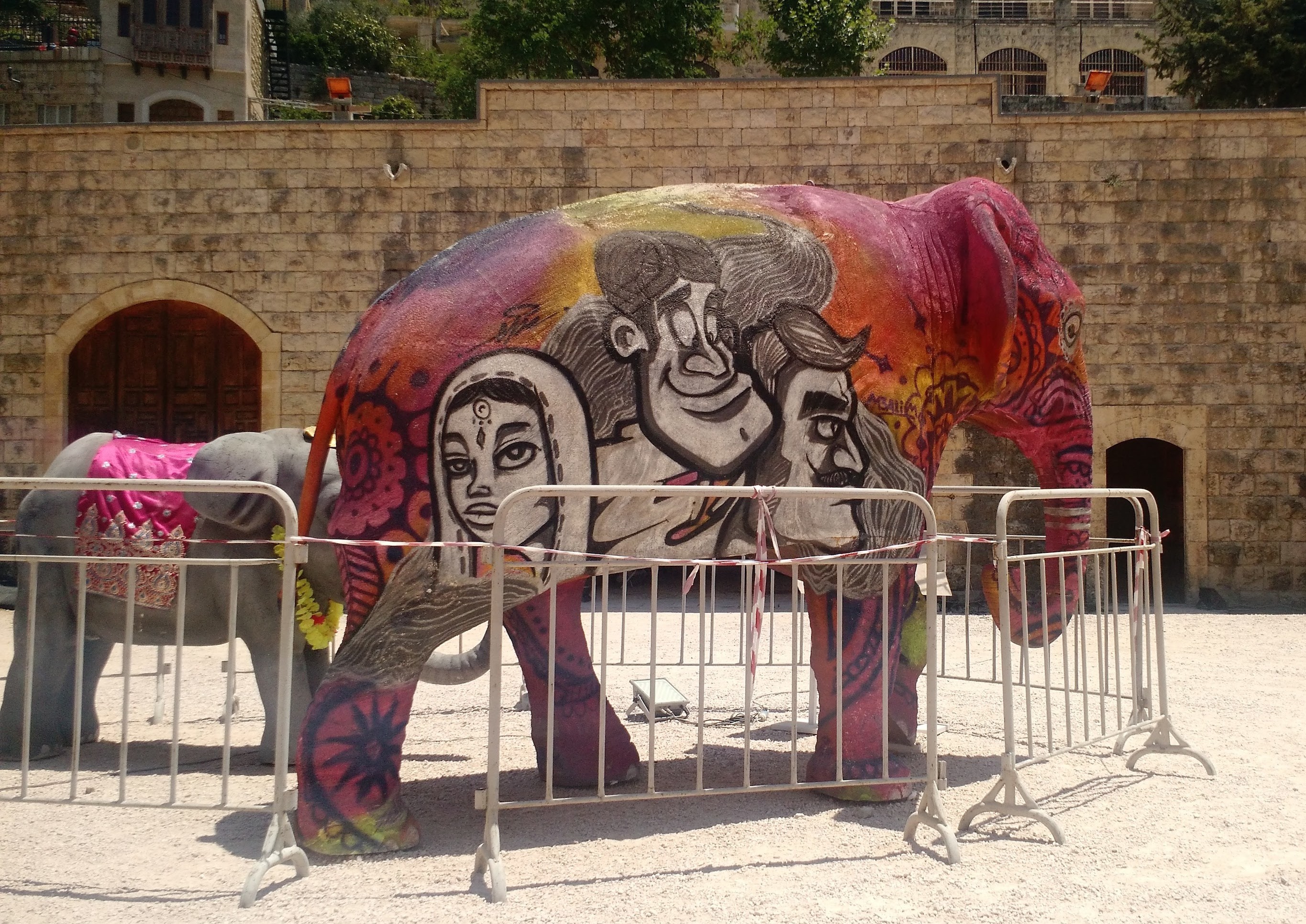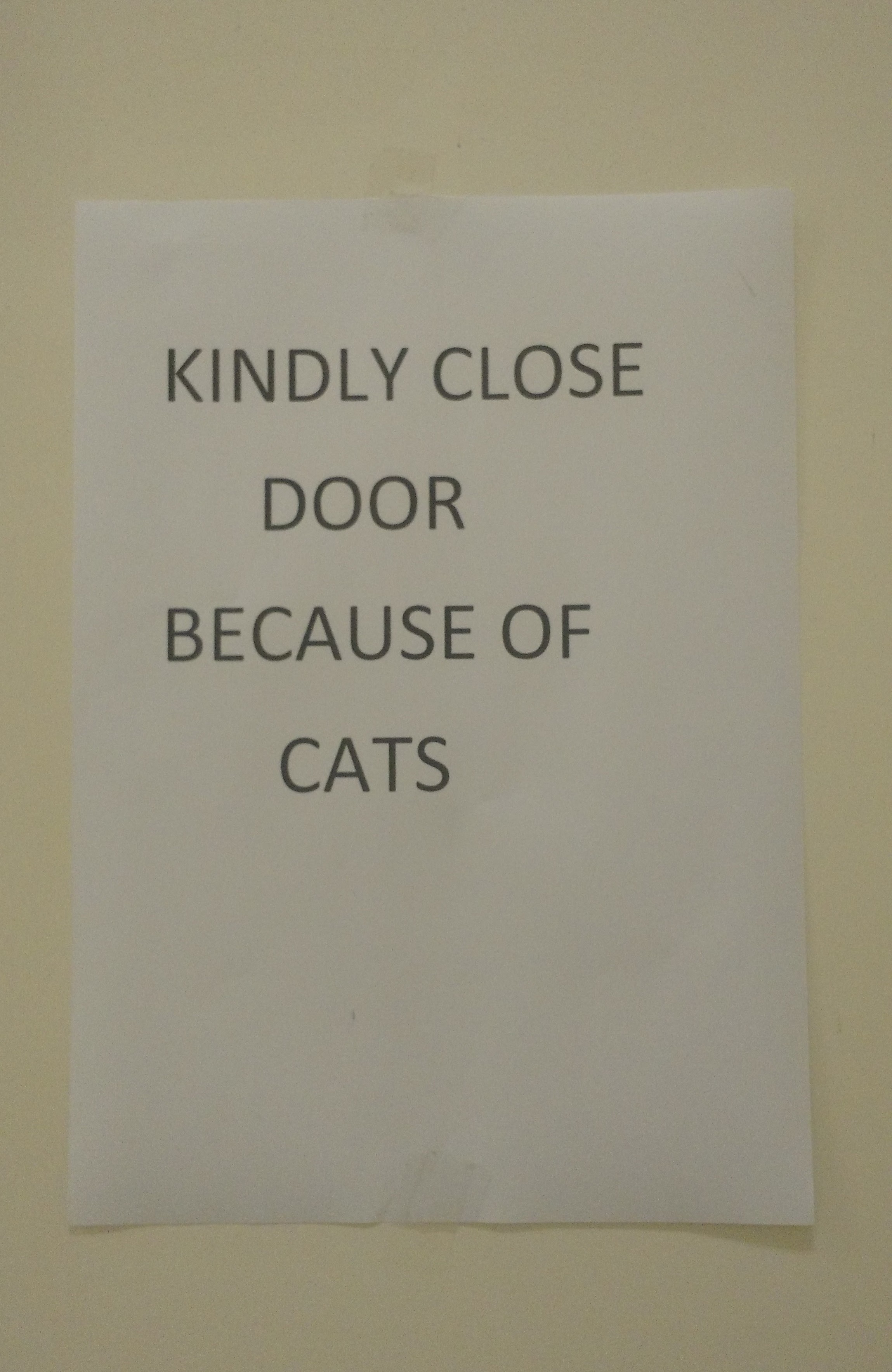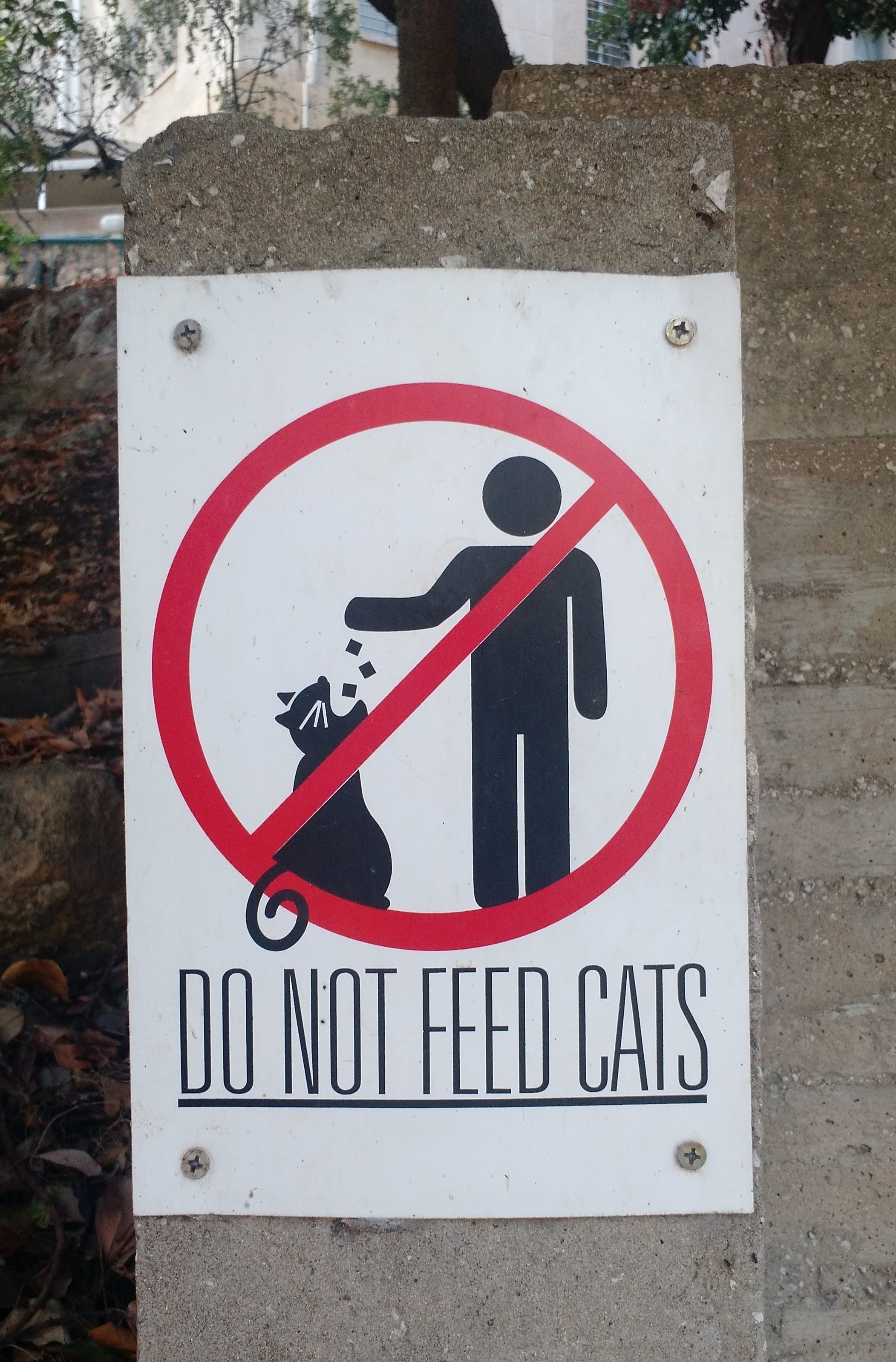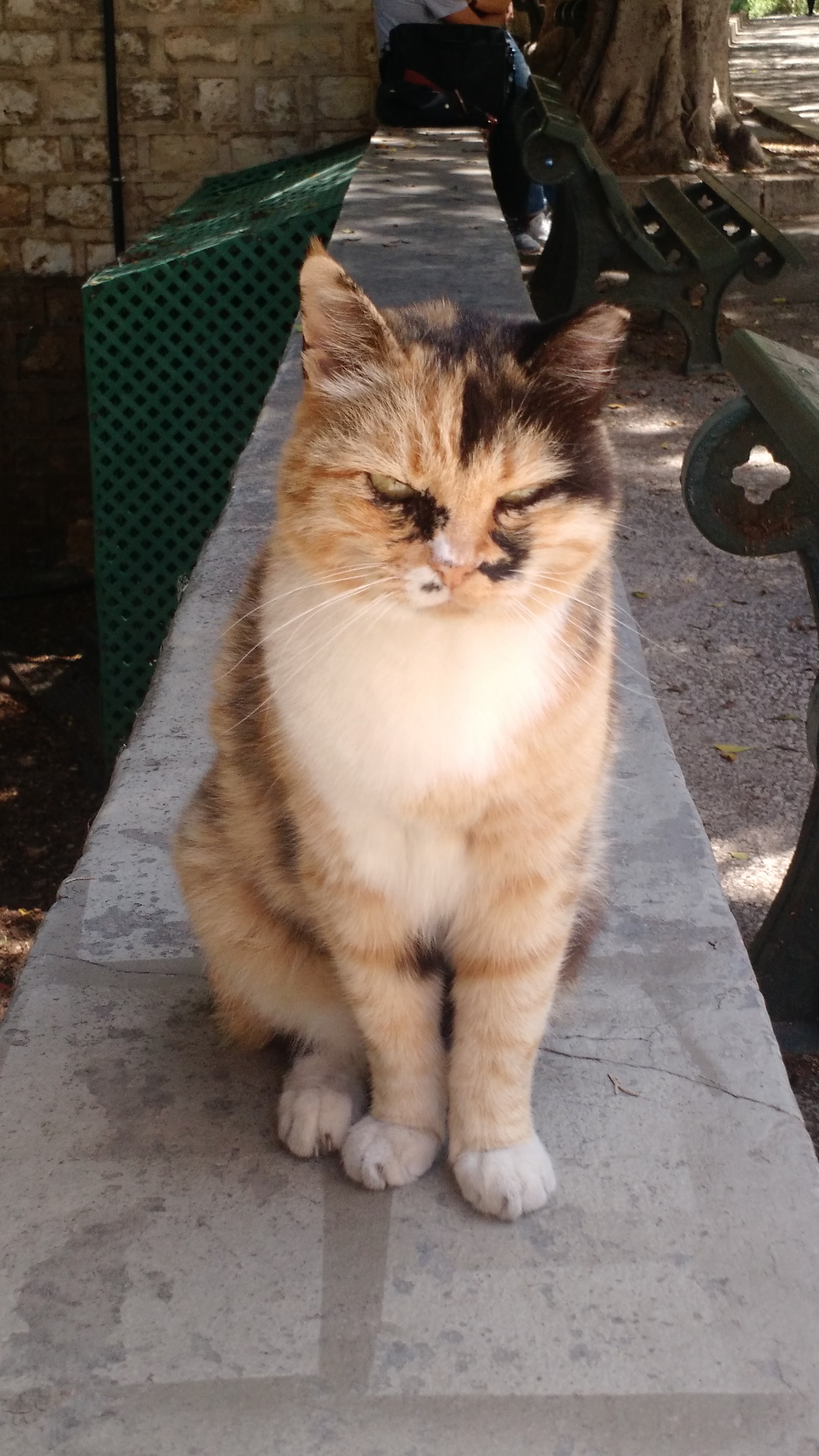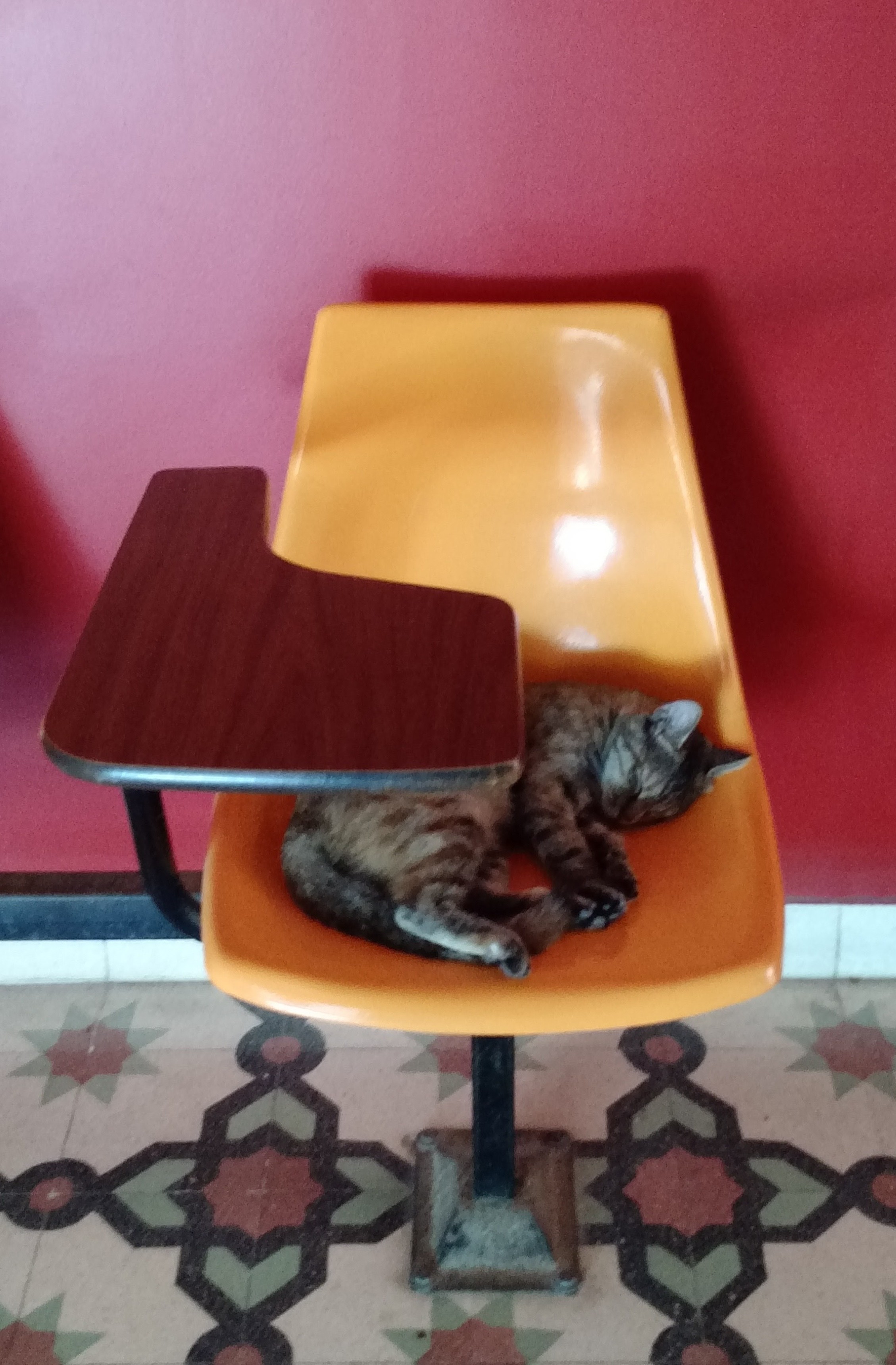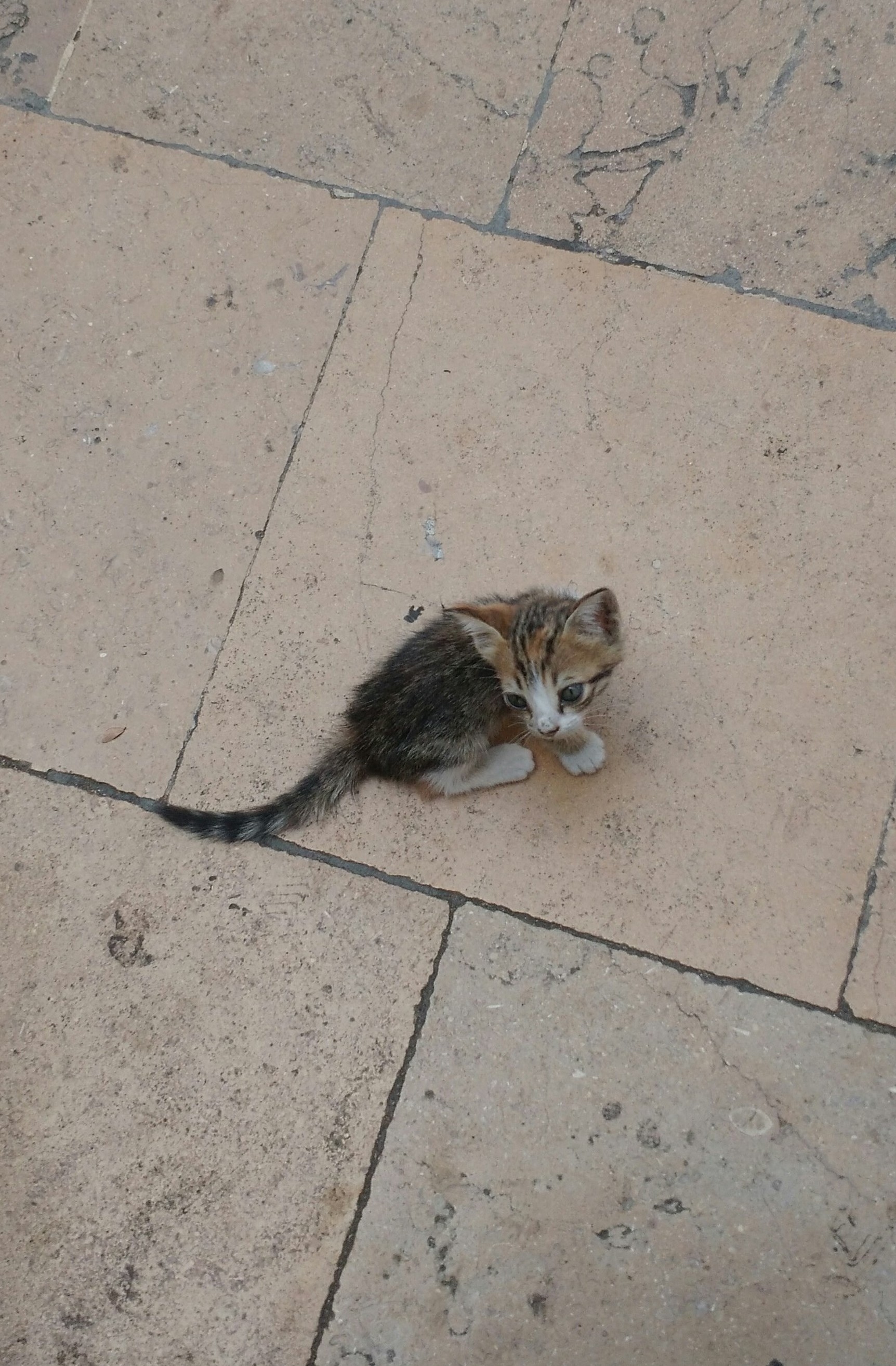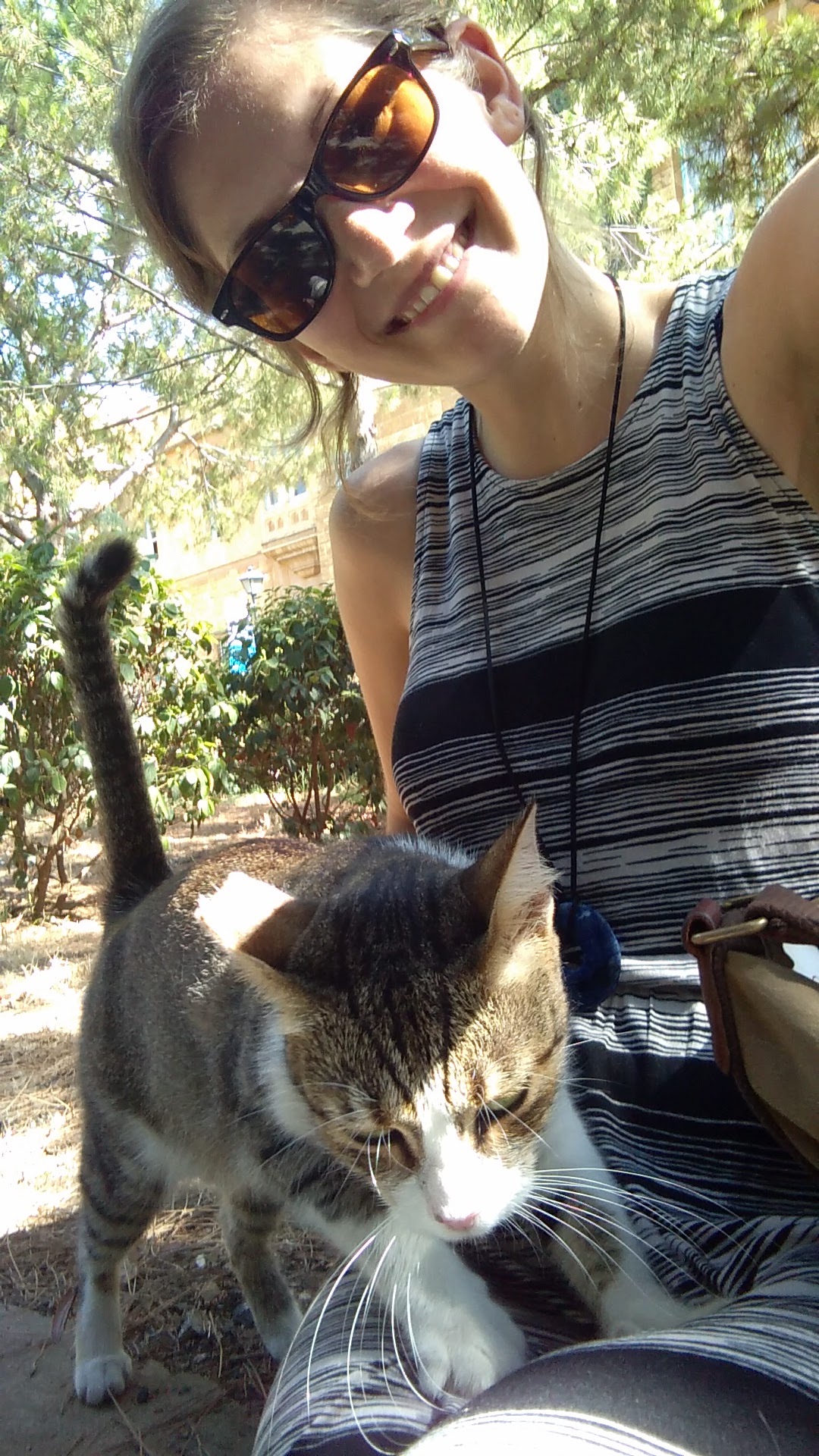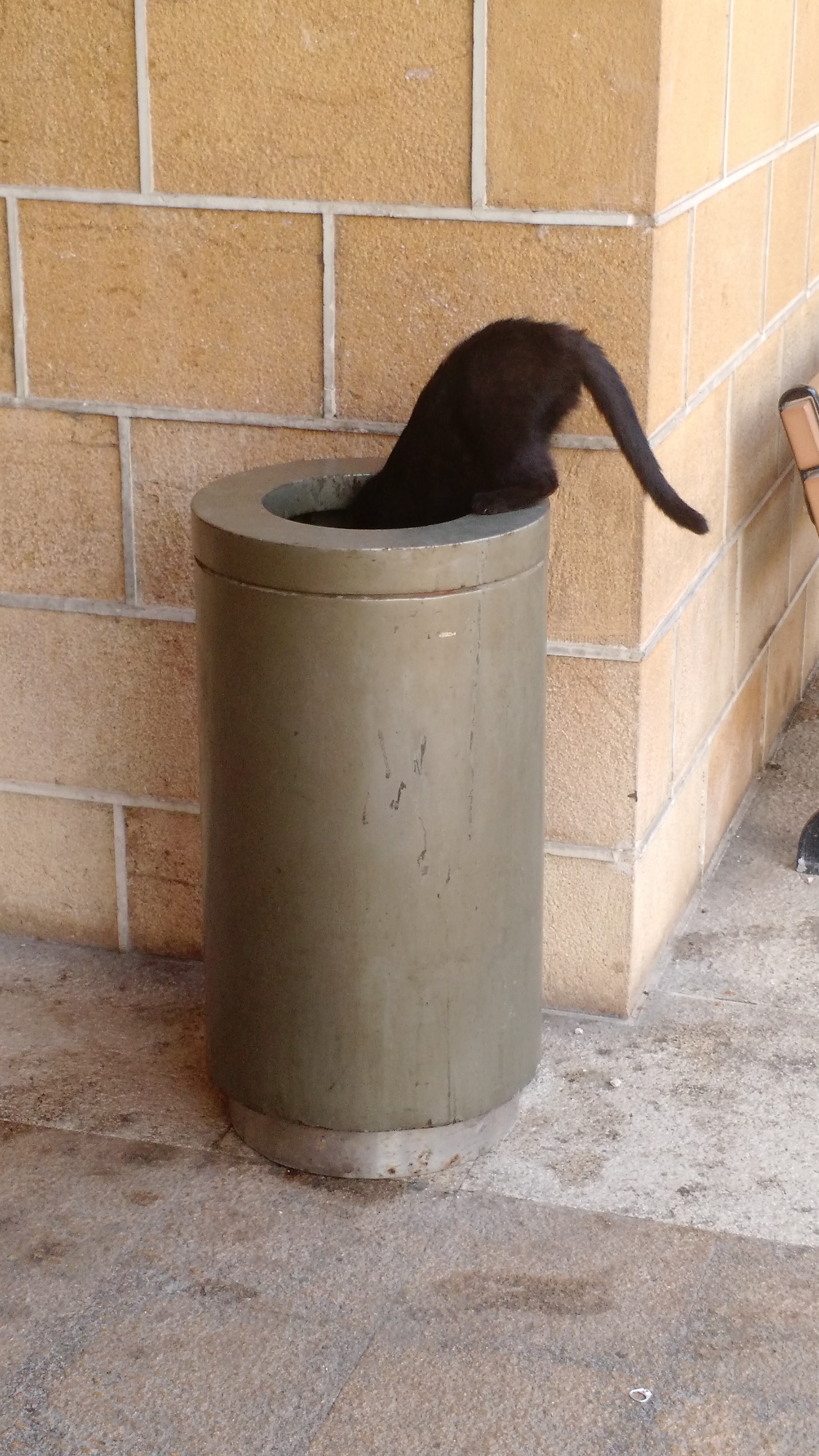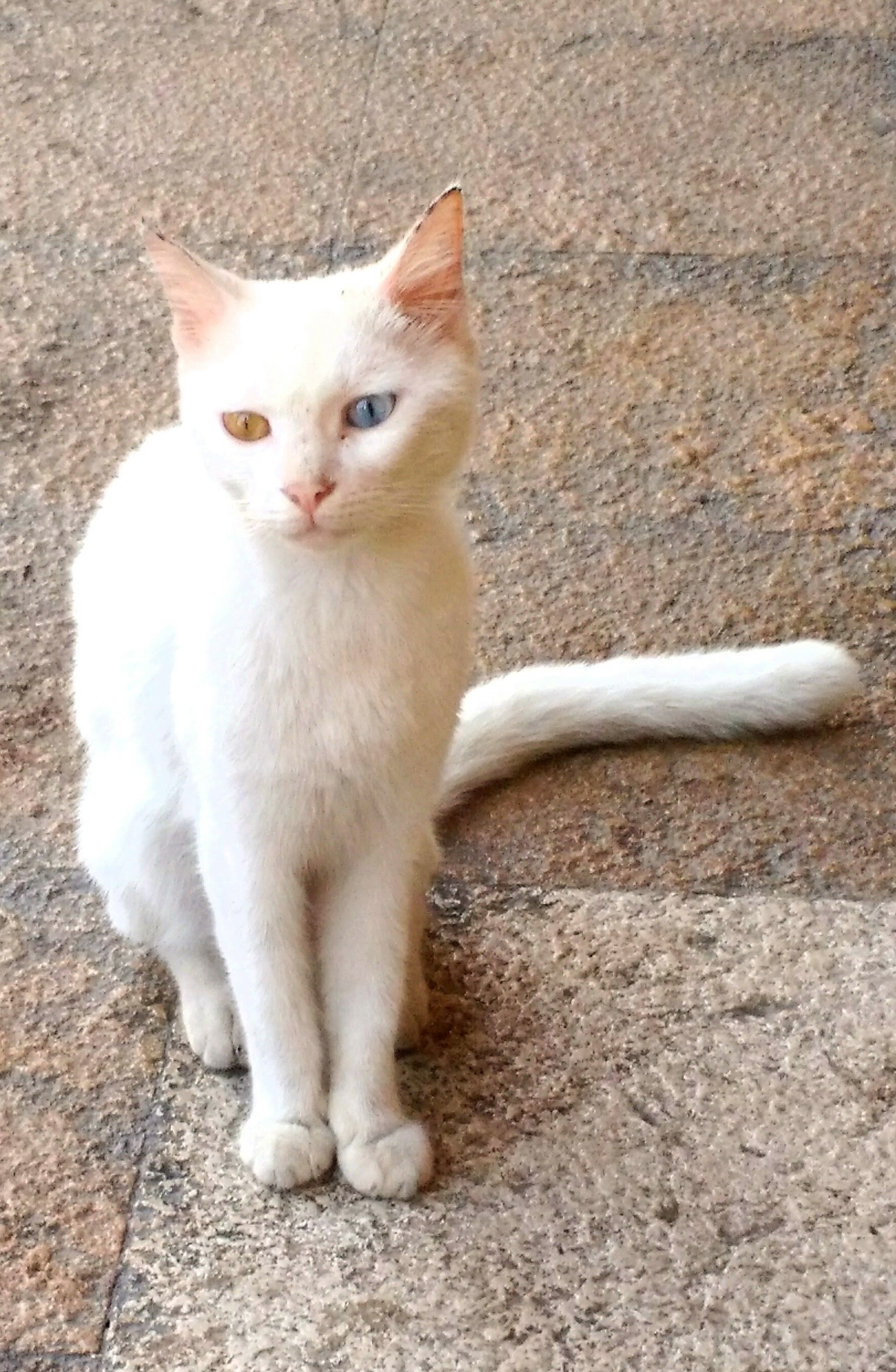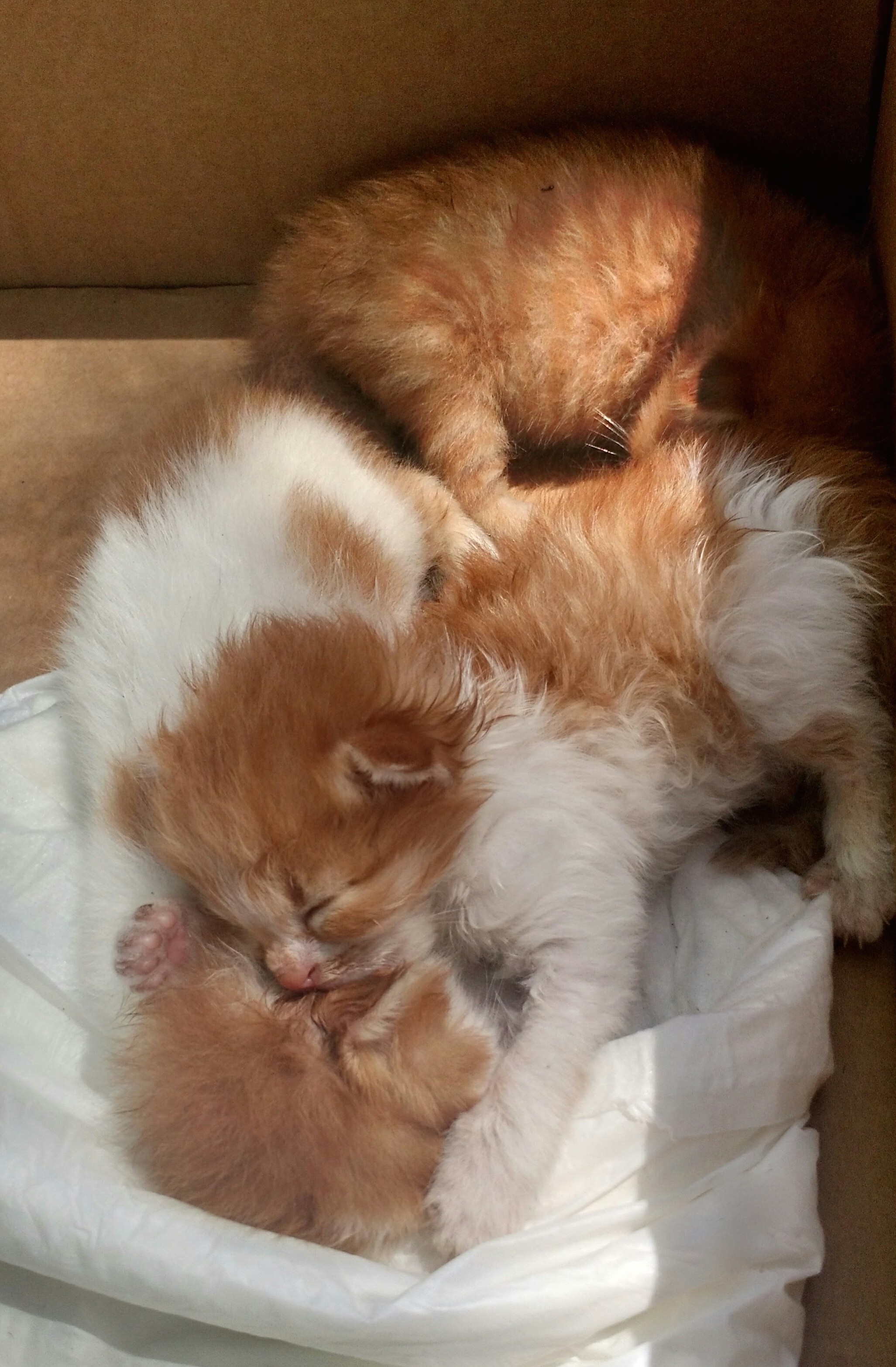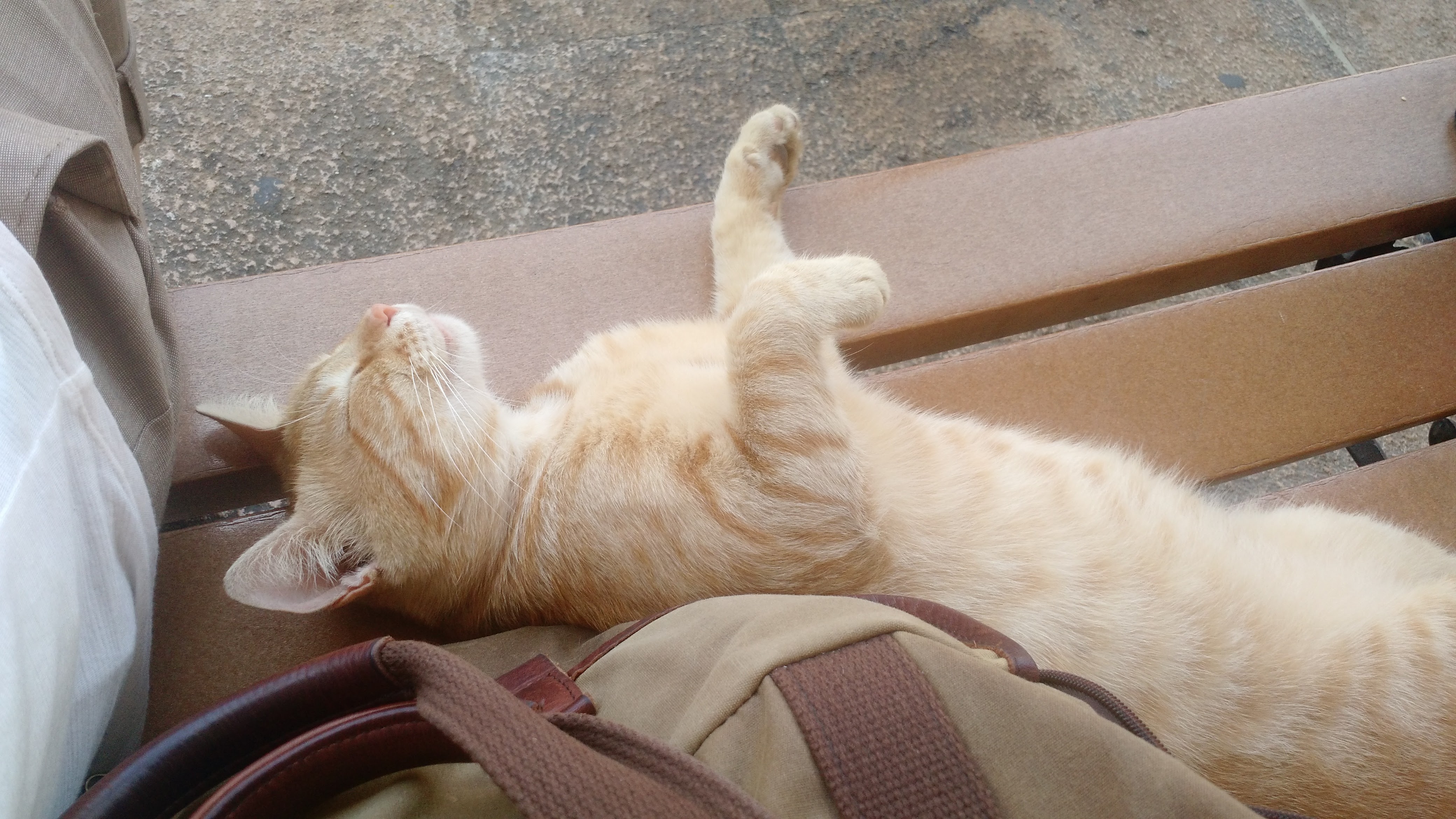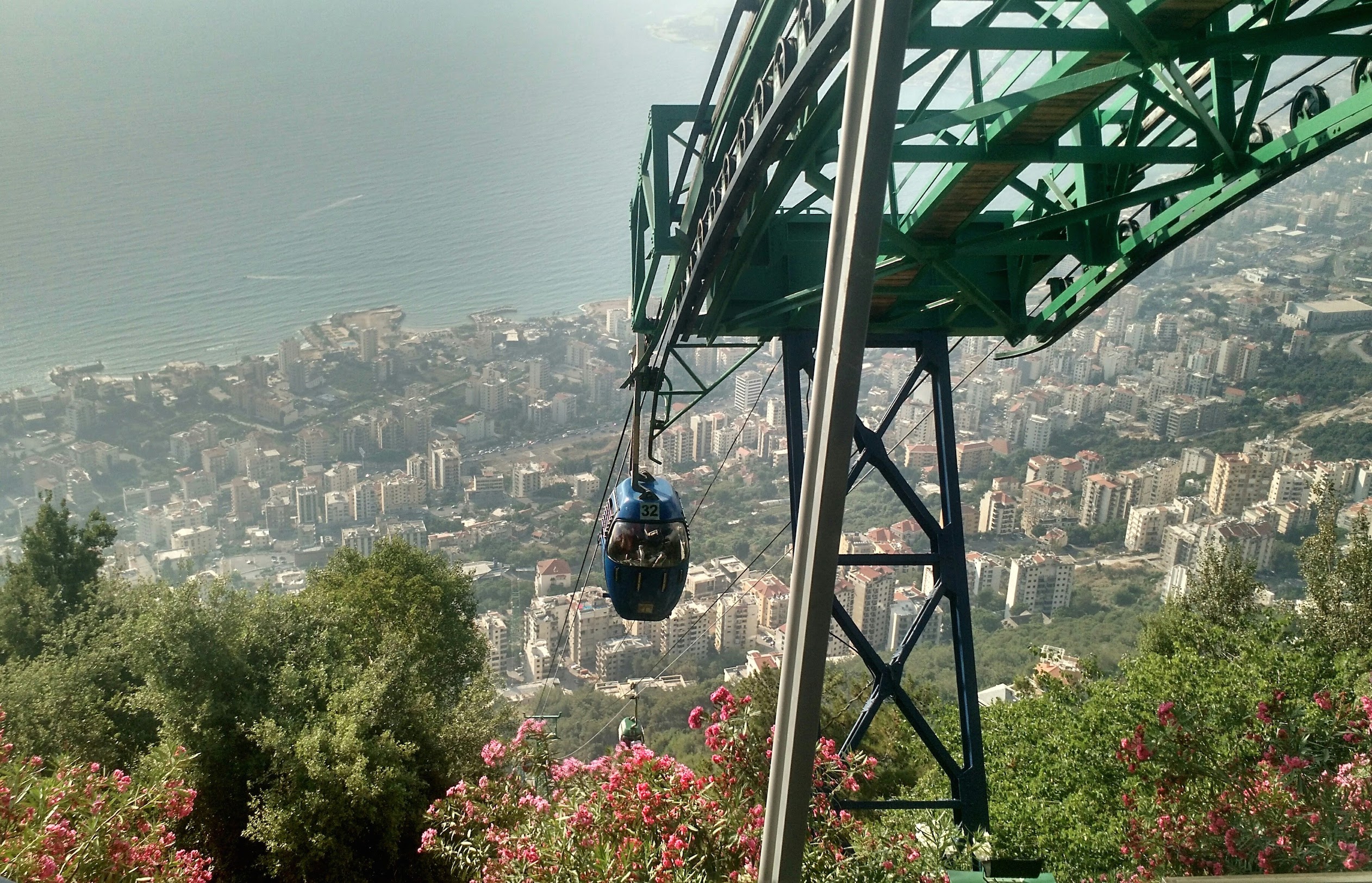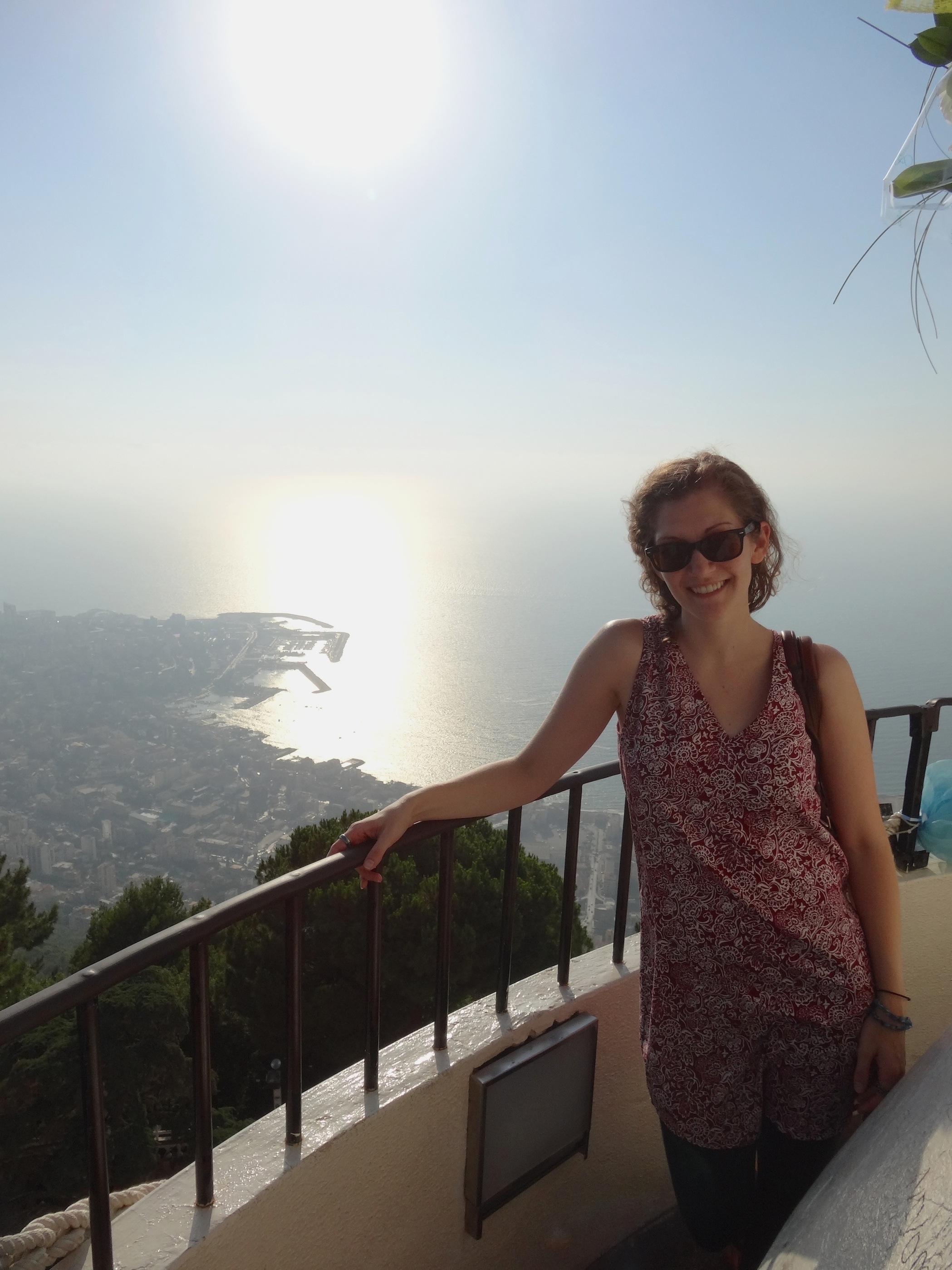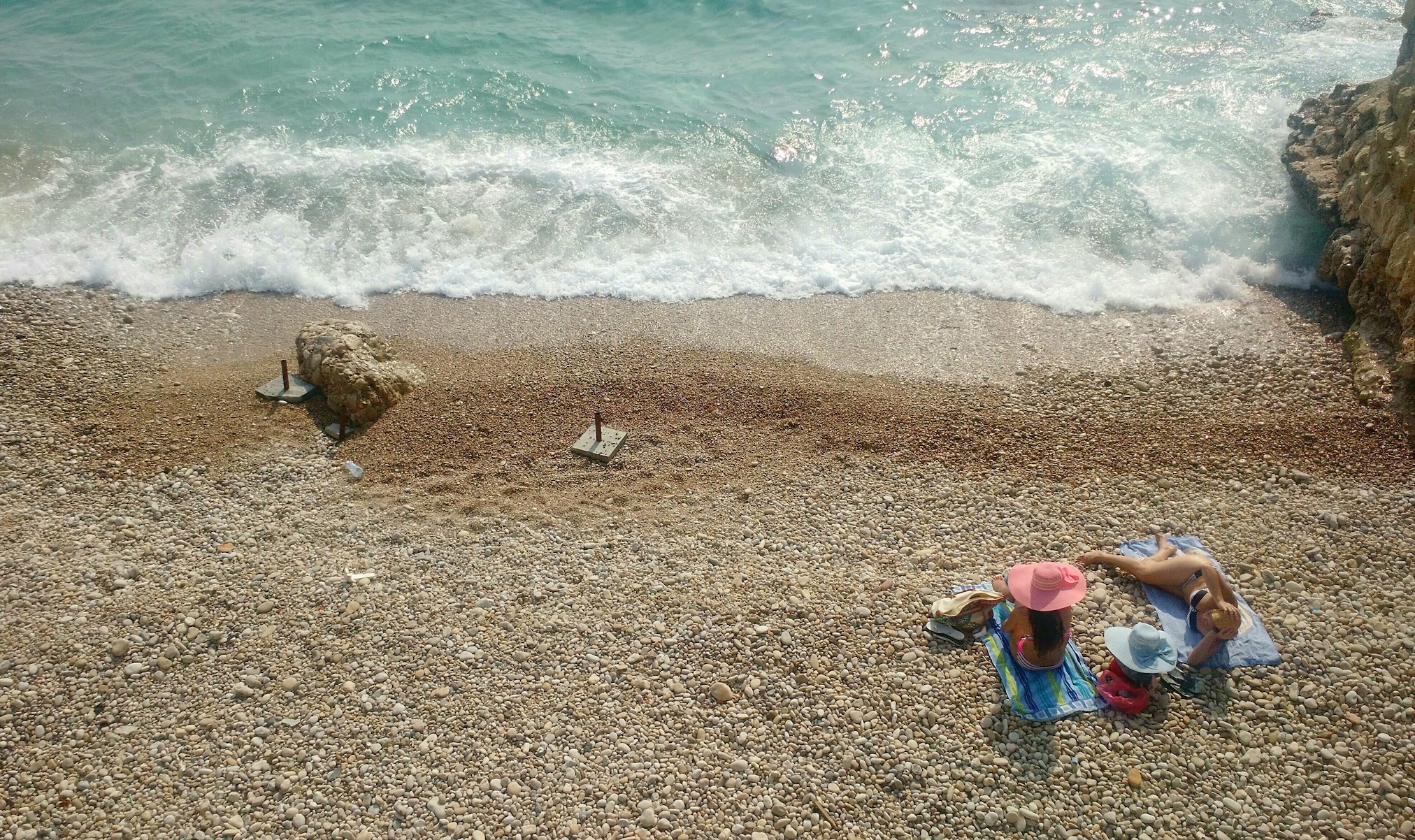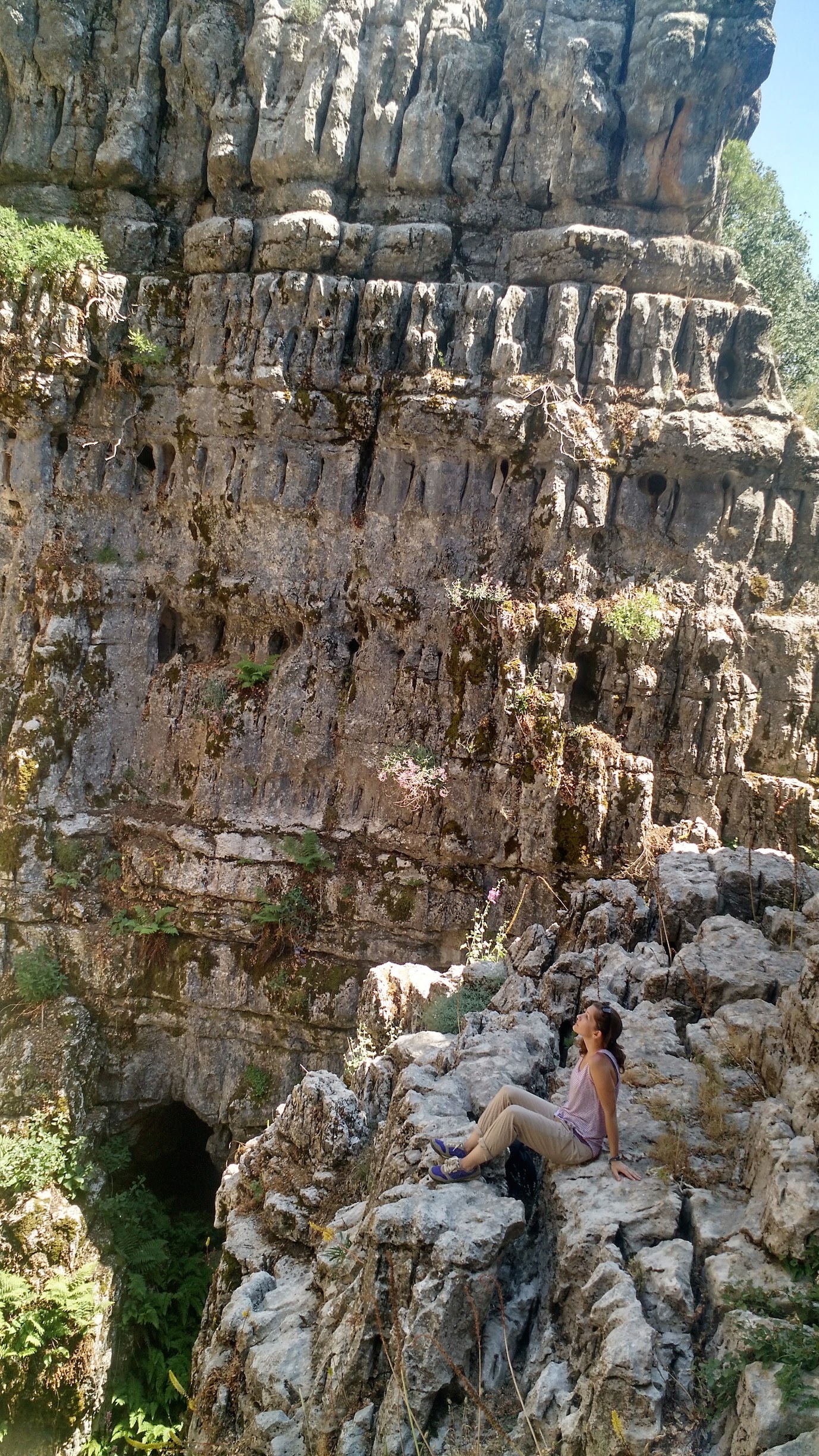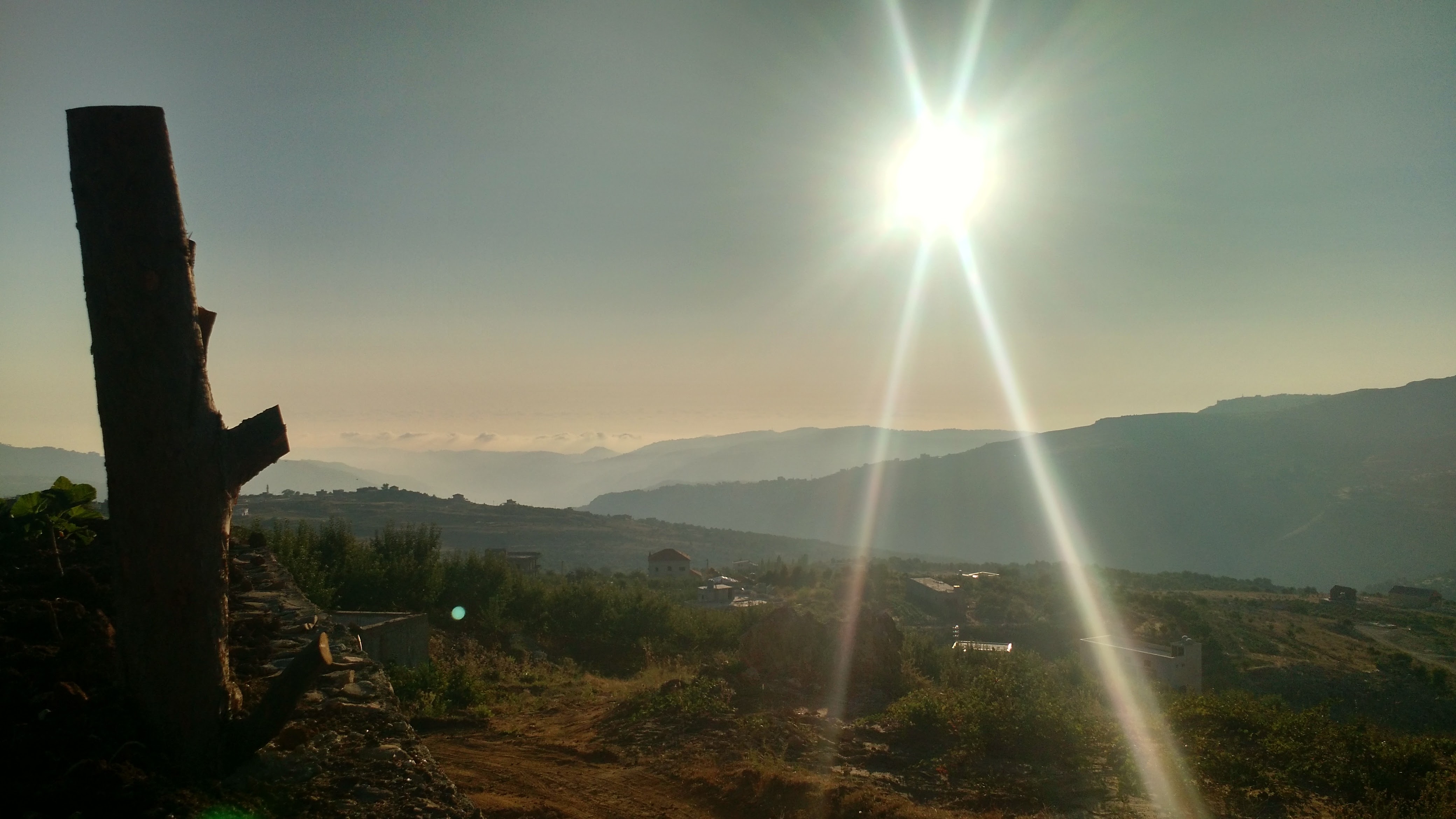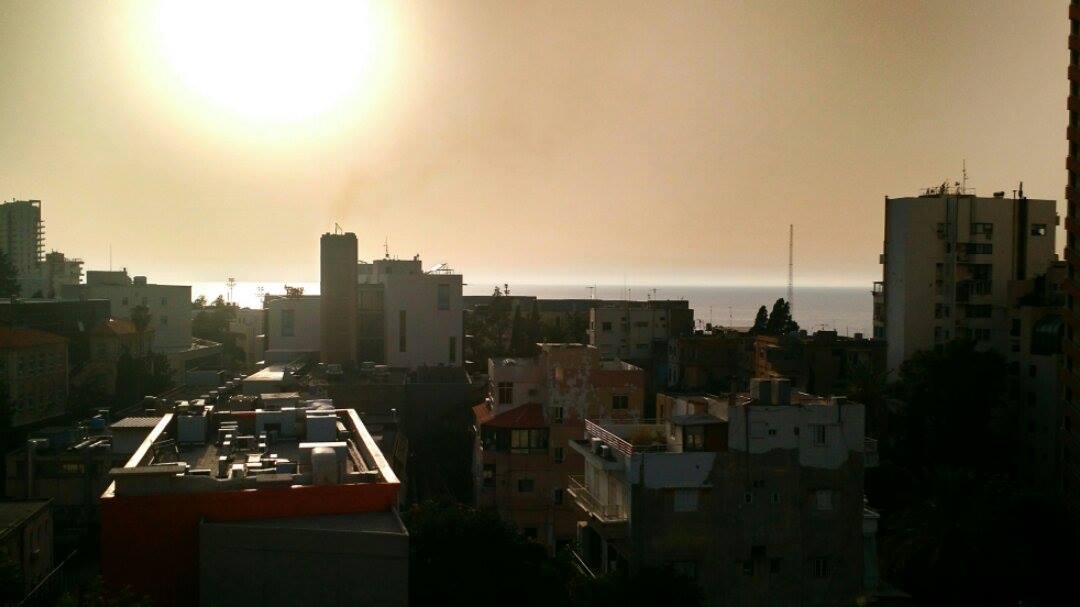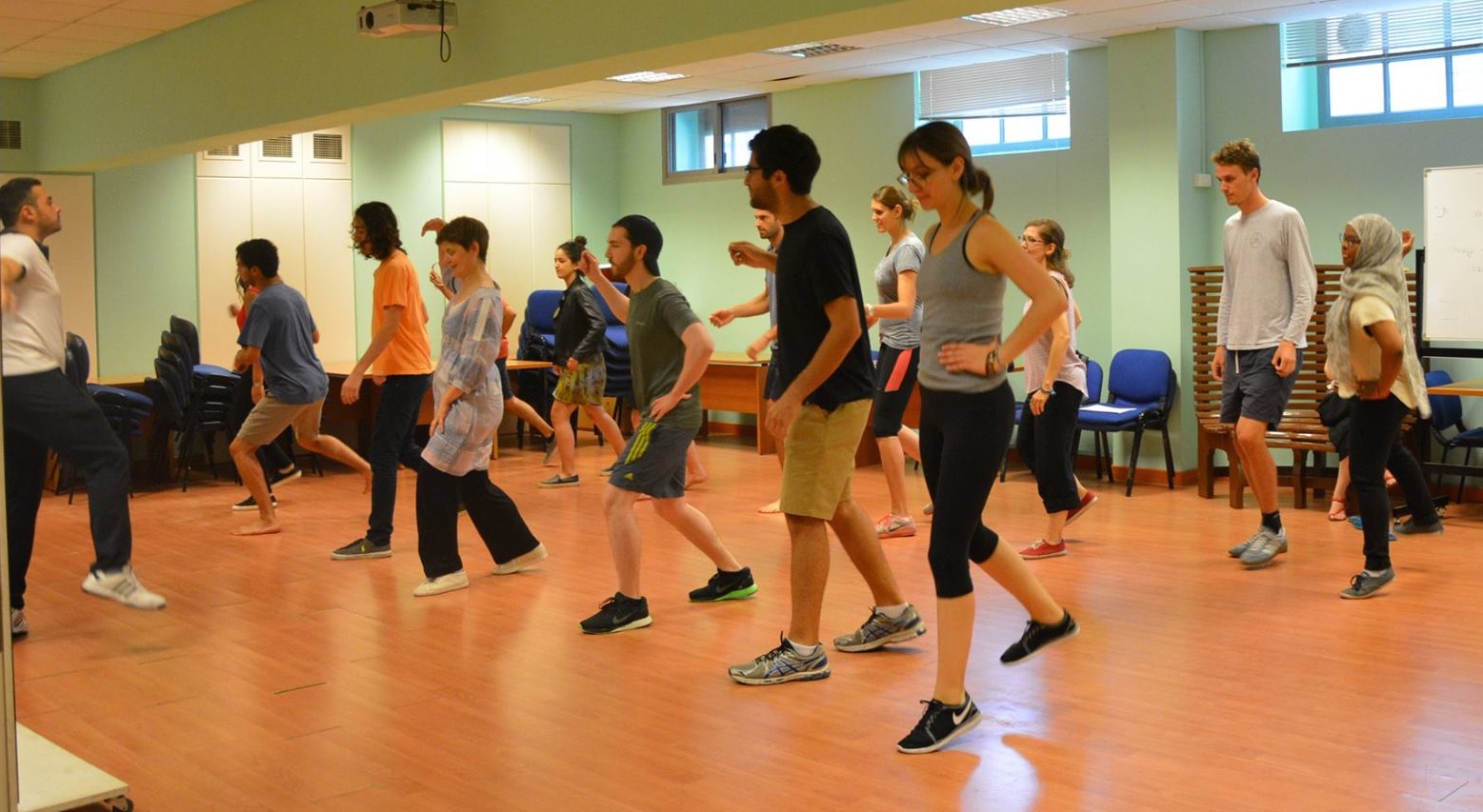Now that I’m back in South Bend and missing all the life and color of Beirut, there’s been a lot of time to think back on my goals for the summer, the insights I’ve gained, and where I plan to go from here.
More than anything else, this summer reminded me that the purpose of language is communication. It’s okay if I make mistakes and sound a little ridiculous as long as I’m out there engaging people in conversation and broadening my worldview. My tendency had always been to learn as much Arabic as possible on my own before going out into the world and trying to apply it. Textbooks, apps, podcasts, YouTube… these are all great tools. But learning a language without extensive interpersonal dialogue can reinforce bad habits and make you sound mechanical. Speaking off the cuff, messing things up, and having people correct me are the things that caused the most noticeable improvements. By the end of the summer, I could hold simple conversations in the colloquial language, fairly sophisticated conversations in the standard language, and I produced a 1,000 page research paper in Arabic (of which I was quite proud). Still, I underestimated how much the divide between colloquial and standard Arabic would slow down my progress, and I still need to put in a lot of work to improve my listening comprehension and become more comfortable initiating conversations, moving out of my comfort zone, and taking risks with the language.
The Arabic program that I took part in was especially rigorous, and the level that I tested into (High Intermediate) happened to be more demanding than other classes in the program. This left very little time for anything other than class, homework, and sleep. Taking advantage of the many events happening in the city would have required me to bail on my homework, and I couldn’t bring myself to do that. For the most part, I was okay with this. I had already traveled extensively around the Middle East and visited Lebanon last summer, so it wasn’t my first encounter with the culture. The language took precedent for me. Still, I did not feel that I was fully immersed in the language, because I was mostly surrounded by other students and had limited opportunities for meaningful engagement with Lebanese. As much as I appreciated the rigor and improved my Arabic, had I known more about the structure of this program, I may have opted instead for something that prioritized conversation over grammar and vocabulary. I would encourage those who are considering an SLA Grant to think about the kind of experience you are hoping to have. What type of cultural exchange do you want (e.g., organized class trips or free time to explore on your own)? Is your primary goal to learn how to engage in casual conversations, or do you want to focus on perfecting the mechanics of the language and using it in formal spaces? Thinking carefully about these questions ahead of time can help you select a program that adequately meets your language goals.
It’s difficult to know exactly what the future holds for me in terms of further Arabic study and the application of it. My current dissertation plans would bring me back to the Middle East for at least six months, during which I would be able to continue formal language training alongside my research. As I grow in my field, I hope to continue working with local partners to develop and implement programs that provide psychosocial support for youth that have been displaced or otherwise affected by political violence in the region. In the meantime, I will continue to study Arabic here at Notre Dame and seek out opportunities for practicing conversation. As a move forward, I will focus more heavily on improving my colloquial Arabic and finding spaces to build on the wide array of language skills I gained from this past summer.
مع السلامة // With peace
Dana

